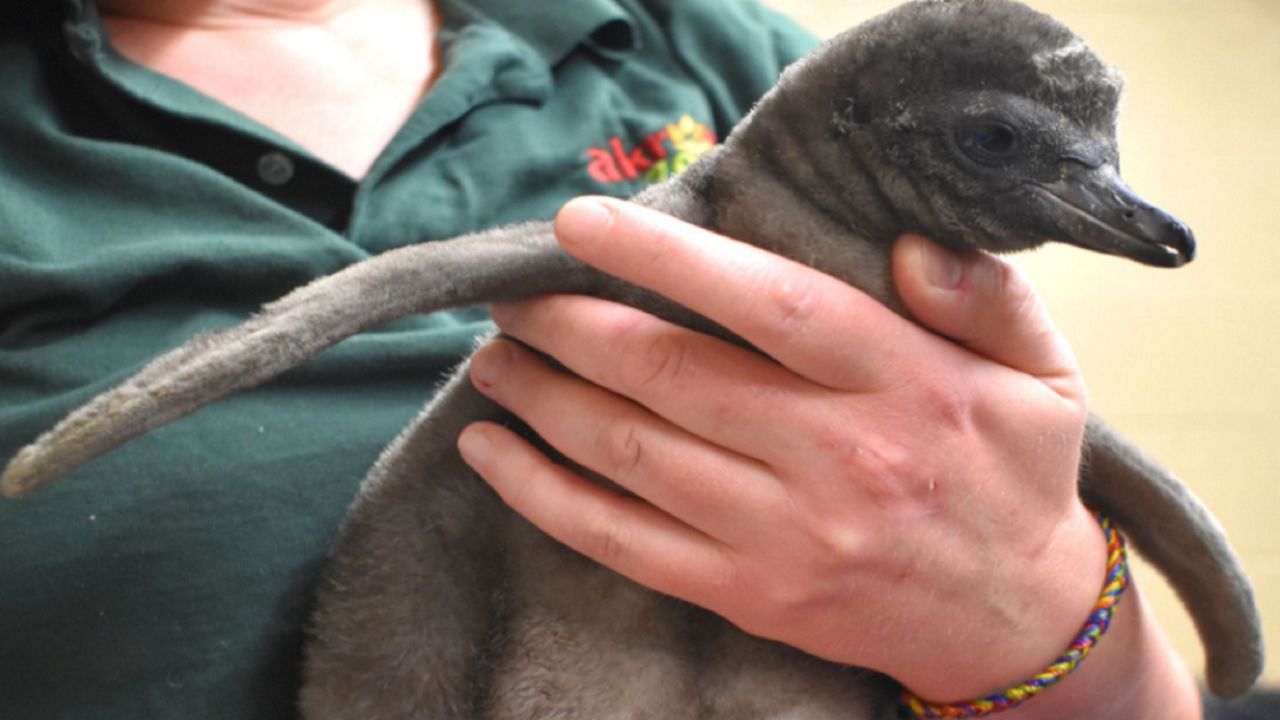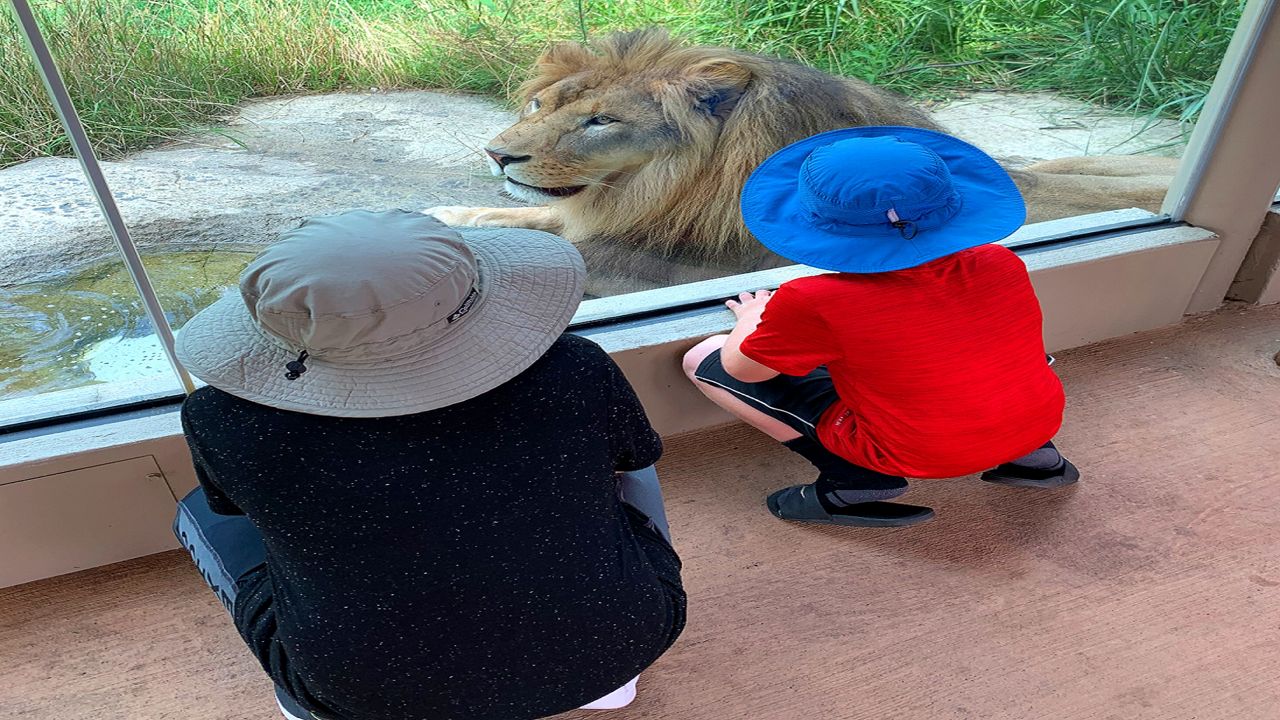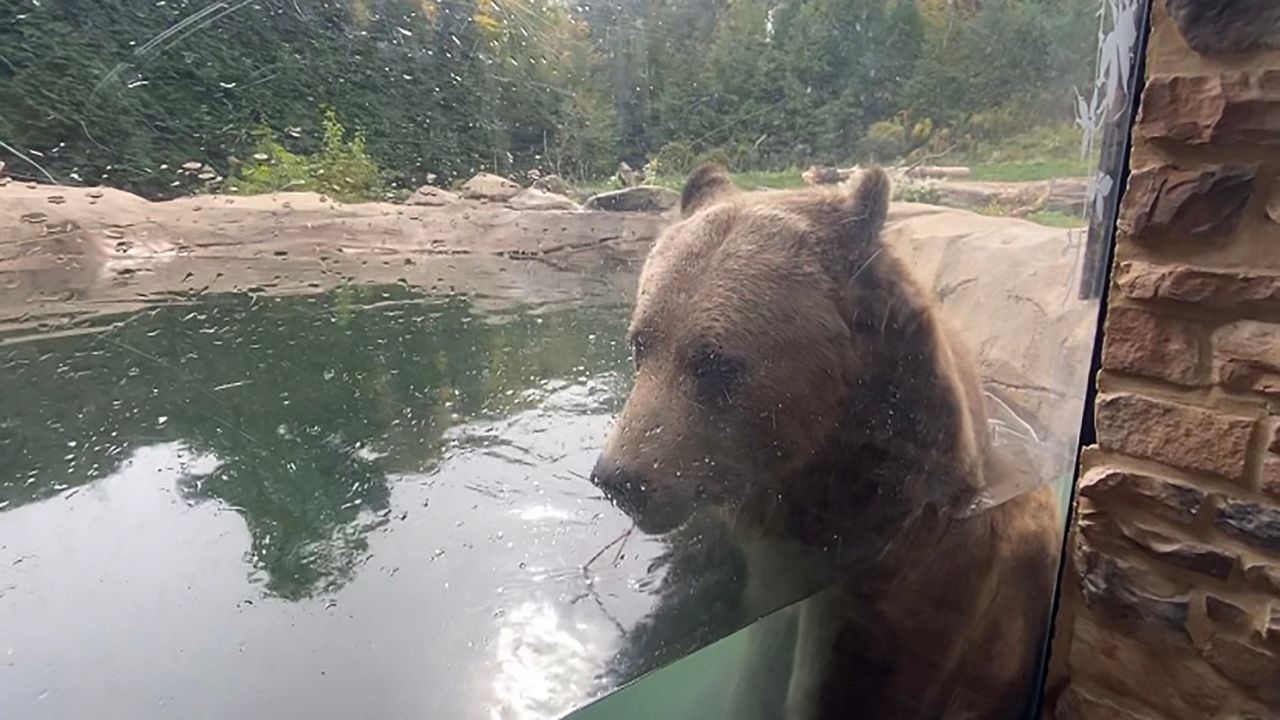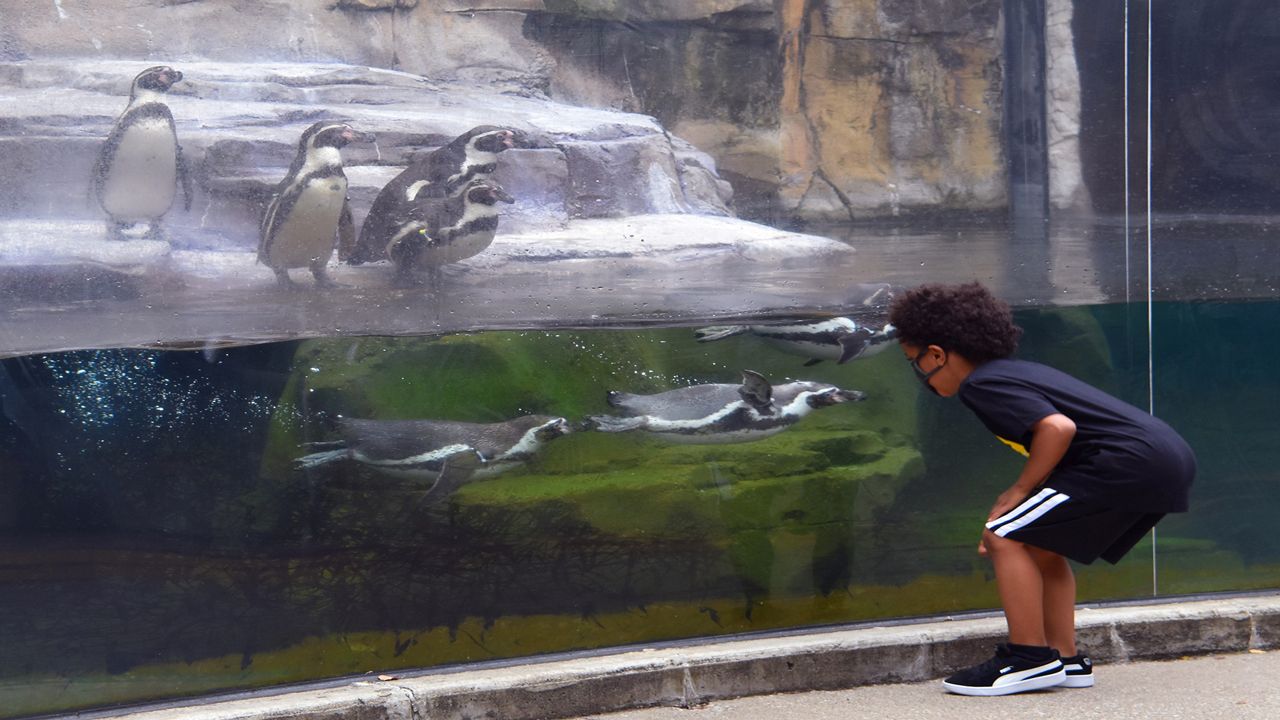With fewer than 20 red wolves left in their natural habitat worldwide, four of the pups were moved last Saturday to the care of the Red Wolf Recovery Plan in North Carolina, a program led by the U.S. Fish and Wildlife Service.
The pups are being “cross-fostered” in a den in their native habitat, Bell said. That means the pups were placed in the den of a different wolf mom who recently had pups.
Red Wolf Recovery Plan workers monitor the private den, Bell said. The foster mom sensed humans had been nearby, so she moved her pups, including the four Akron-born pups, to a new location.
Workers will now be “hands off” until the end of the year when the pups get collars, which enables workers to monitor them, Bell said.
The work is part of the Species Survival Plan (SSP) of the Association of Zoos and Aquariums (AZA). The SSP program coordinates the protection and care of threatened and endangered species in AZA zoos.
The Akron Zoo is AZA accredited and is working with 40 other zoos to reestablish the red wolf population. The American Red Wolf SSP is one of 46 species programs the Akron Zoo participates in.
“This is the definition of the Akron Zoo’s mission in action,” said zoo President and CEO Doug Piekarz in a release. “The Akron Zoo is proud to be able to play a part in saving red wolves, in their native habitat and in zoos. This birth and the subsequent cross-fostering is a major conservation win for a species that was once native to Ohio.”
This is the first time since 2014 red wolf pups were introduced into the Red Wolf Recovery Plan, Bell said. The plan had been under review for several years by fish and wildlife services.
The red wolf, which once freely roamed the United States, had nearly become extinct by the late 1970s, according to the Akron zoo. There are now about 200 red wolves in AZA breeding facilities, and about 50 in North Carolina’s Alligator River National Wildlife Refuge.
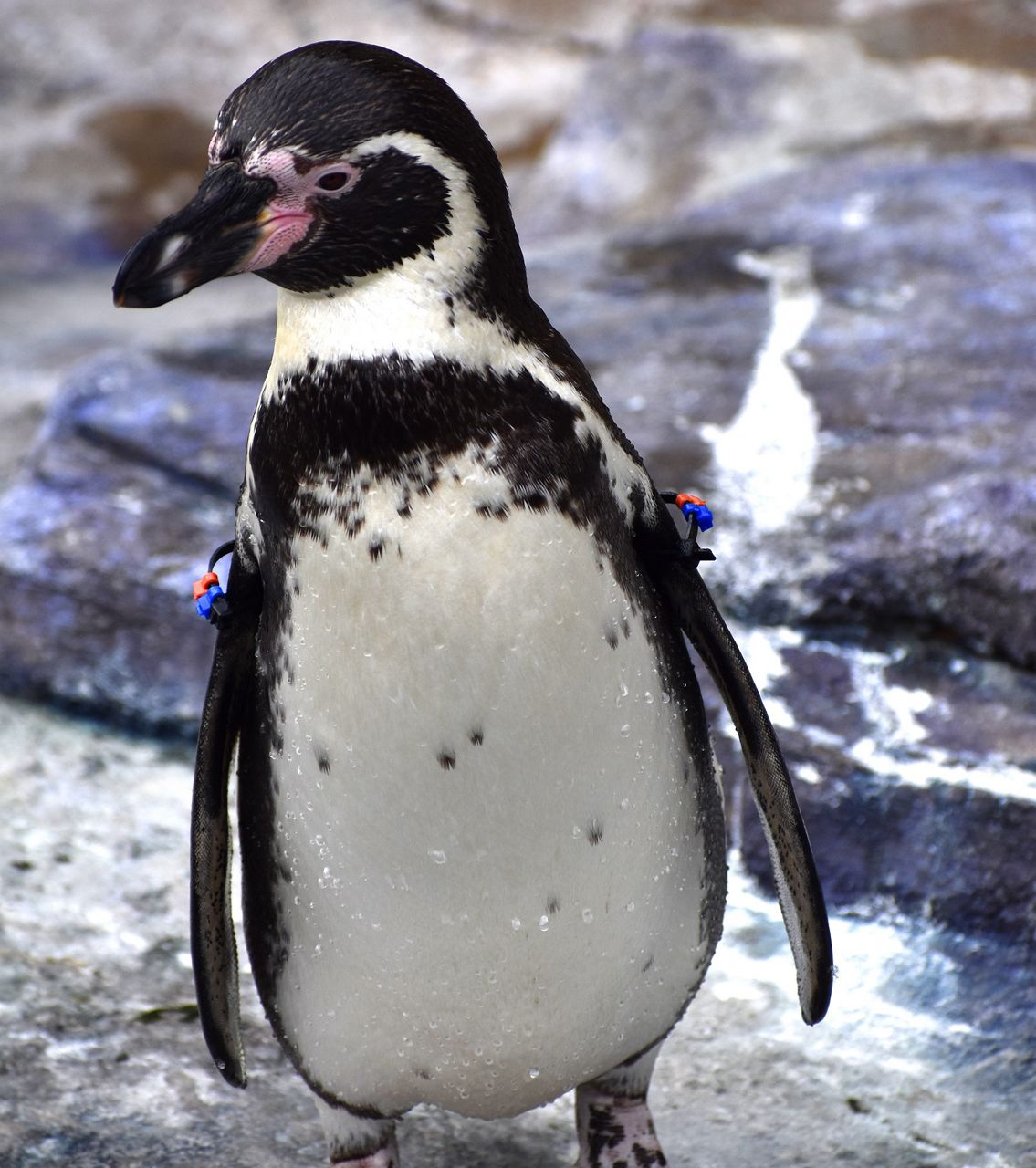
Between March 12 and April 5, two Humboldt penguin chicks hatched at the Akron Zoo. The gender of the birds is not yet known and they are not yet named, but the public will be kept in the loop via social media, the zoo said.
Pez and Gabriella hatched their chick in March. In 2018, the pair welcomed an older brother, Rico. First-time parents, Pedro and Anchovetta, hatched their chick in April. Penguins usually lay two eggs, but only one chick survives, the zoo said.
The chicks will make their debut at Penguin Point, the zoo’s penguin habitat, later in the summer. First, they must pass a swim test and learn to eat on their own, the zoo said.
The Akron Zoo now has 18 Humboldt penguins, which are considered vulnerable to extinction. With nesting grounds along the cold, rocky coastlines of Peru and Chile, penguin populations are declining because farmers are destroying habitats when harvesting guano to use in agriculture fertilizer, the zoo said.
According to the zoo, some estimates show the Humboldt penguin population could become extinct in the wild within the next decade.
The Akron Zoo is open from 10 a.m. to 5 p.m. Tickets must be purchased online in advance. For more information, visit the Akron Zoo website.





